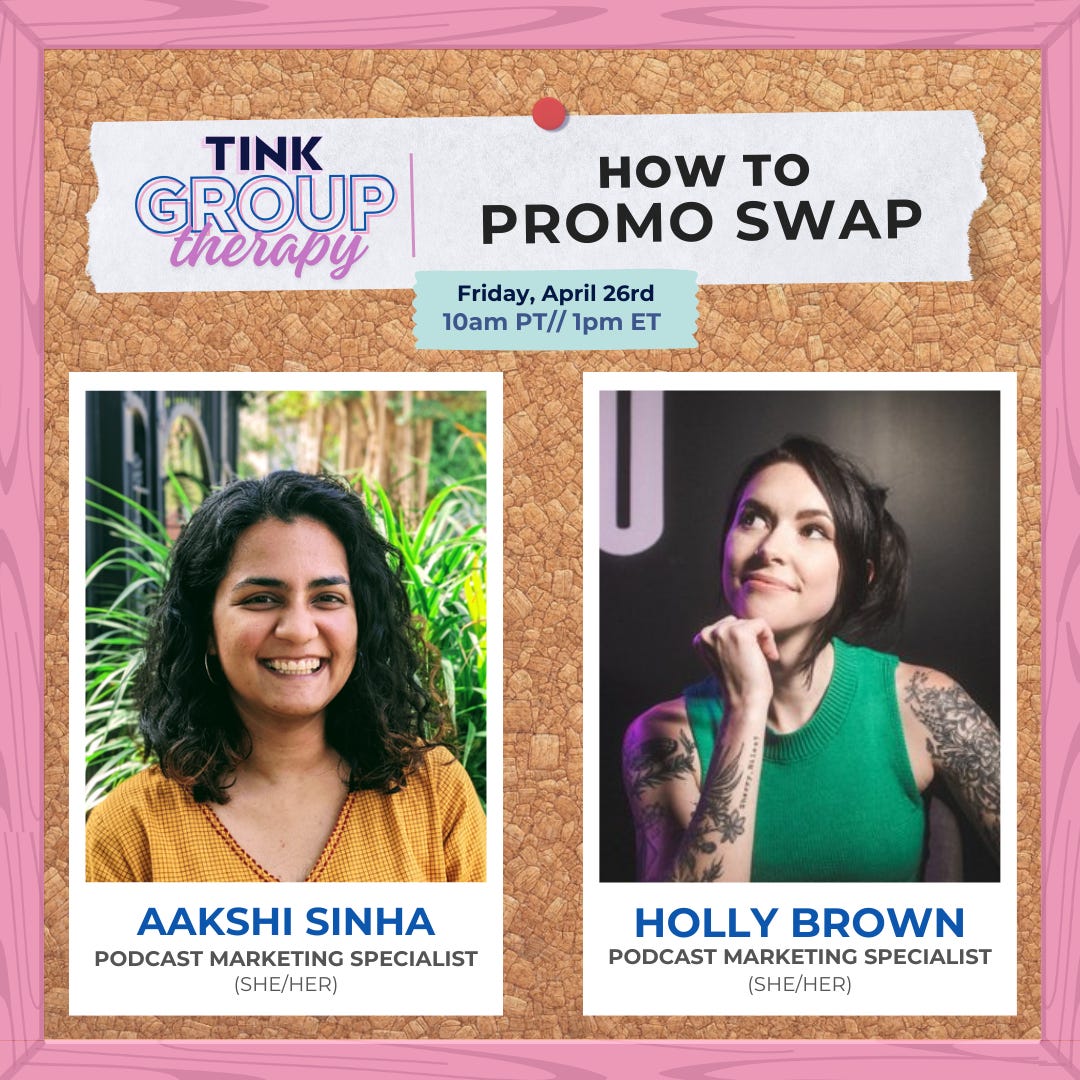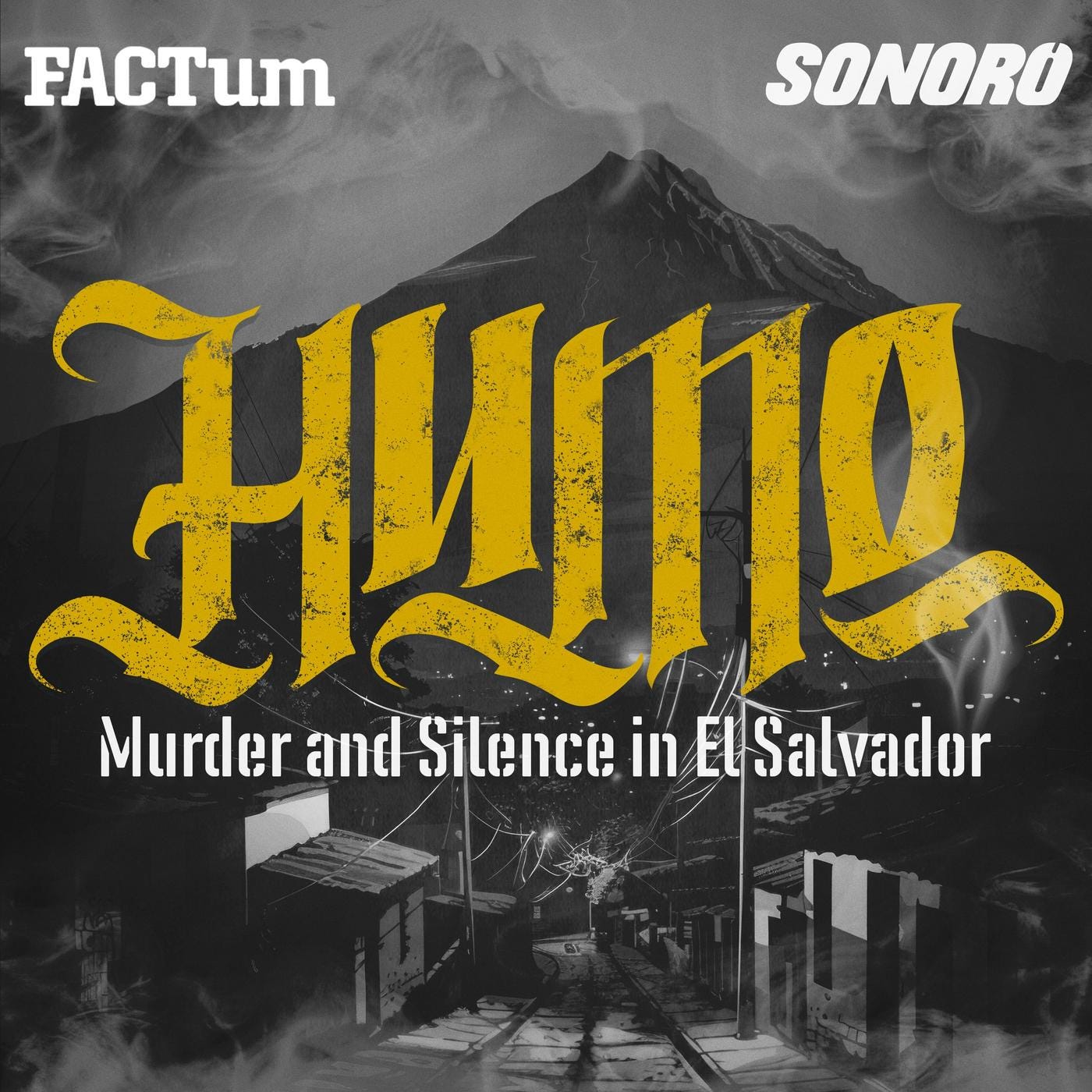🧠What Nonfiction Podcasts Can Learn from Audio Dramas🎨
The black sheep of podcasting always thinks outside the box
Hi hello! Wil here!
There’s a million reasons audio drama creators are consistently some of my favorite people in the industry (funny, always have good taste in music, sick alternative fashion), but foremost is the fascinating ways they go about marketing. By and large, audio dramatists and producers are working on shoestring budgets with self-taught know-how. This is often looked down upon by a huge swath of nonfiction creators, and that is, to me, extremely funny.
Being scrappy makes you resourceful. Being scrappy makes you think outside the box.
Let’s get rolling on our series about how nonfiction and fiction podcasters can learn from each other! ✨
👯Collaboration is key
In audio dramas (aka fiction podcasting), collaboration is everything. From the writing to the editing to the marketing, there’s a real sense of community and camaraderie. When it comes to marketing, fiction is always doing what we at Tink love most: working with their friends.
Ad buys in fiction are rare, and fiction audiences typically don’t like any ads they can tell have just been plopped in. But what works super well for fiction podcasters is promo swaps — and crossover episodes.
If you’re not sure what promo swaps are, be sure to check out our upcoming Podcast Group Therapy session on just that! ✨
And if you’re not sure how crossovers would work in nonfiction, get creative! Collaborate with a likeminded podcast by having their host as your guest or vice versa. Do an interview swap between the hosts. Cover one perspective on a topic on your show, and have them cover another perspective on theirs.
📈Worry less about the numbers
Collaboration in audio drama isn’t just about the tactics, though; it’s about the philosophy, too. Audio drama creators genuinely want each other to succeed. This energy permeates everything about the medium, including how they think about the numbers in marketing. Summarily: most don’t think about the numbers at all.
In audio drama, it’s way more common to care about whether or not a show is good and whether or not your audience will like it than how many impressions you can trade. In fact, I think a huge portion of audio dramatists would read that past sentence and think, “What the hell is trading impressions?”
This can seem naive to some nonfiction creators, but it’s not. It’s smart, and it’s kind. (Yes, yes, don’t worry; we’ll get to the opposite side of this next week.) It’s about finding authentic fits for your audience instead of worrying about making number-based goals. It’s about lifting up work you love and want to see grow instead of thinking about what can help you grow first and foremost.
It’s about qualitative instead of quantitative, and it shows. It makes the audience care and get invested, and it makes them trust the creators they follow even more closely.
💥Sound design matters for real
More nonfiction podcasts could do with a lot more editing across the board, but especially more sound design. Gone are the days when every nonfiction podcast sounded like Radiolab, for better or for worse — but one way it’s definitely hurting nonfiction is in the trailers.
First up: your podcast has a trailer, right? A 30-second and a 60-second? Right? Please?
But also, are you thinking of your trailer like a trailer? So many nonfiction podcasts go for promo audio that’s a direct summary of what their podcast is about, and frankly, most of those are really boring and forgettable.
Adding some sound design and some storytelling into your trailer will make it pop. Think about footsteps, doors opening and closing, rain and birds and breeze, forks and knives and chatting and coffee makers. Think about a good old fashioned Braaam™.
And be sure to check out the phenomenal Trailer Park podcast if you need some inspo!
⭐ More Magic
Reminder about the free digital 101 session about YouTube Podcasts on April 26th!
BuzzSprout has sprouted a new gem of a resource: the 2024 Ultimate Guide to Podcast Advertising.
And of course, be sure to sign up for our next Podcast Group Therapy on promo swaps! This is one of the core foundations of what makes Tink’s marketing strategies work like magic. ✨
🔎 From the Desk of Tink
HUMO: Murder and Silence in El Salvador is my favorite type of true crime: the kind that focuses on, and is told by, the people most impacted by terrifying systems. If you’re looking for something that scratches the investigative and gut-wrenching feel of true crime, but you want something more sophisticated and culturally important, this look into El Salvador’s corrupt and violent government is a hard, but deeply moving, listen.
I’ll be back next week with more on why fiction and nonfiction need each other to thrive! ✨
<3 Wil 🦇








This scrappy audio drama maker appreciates this perspective a LOT. Thank you.
I've been playing with music on my history podcast the last few episodes just because it's fun! I hadn't thought about the fact that narrative podcasts do this as a matter of course.